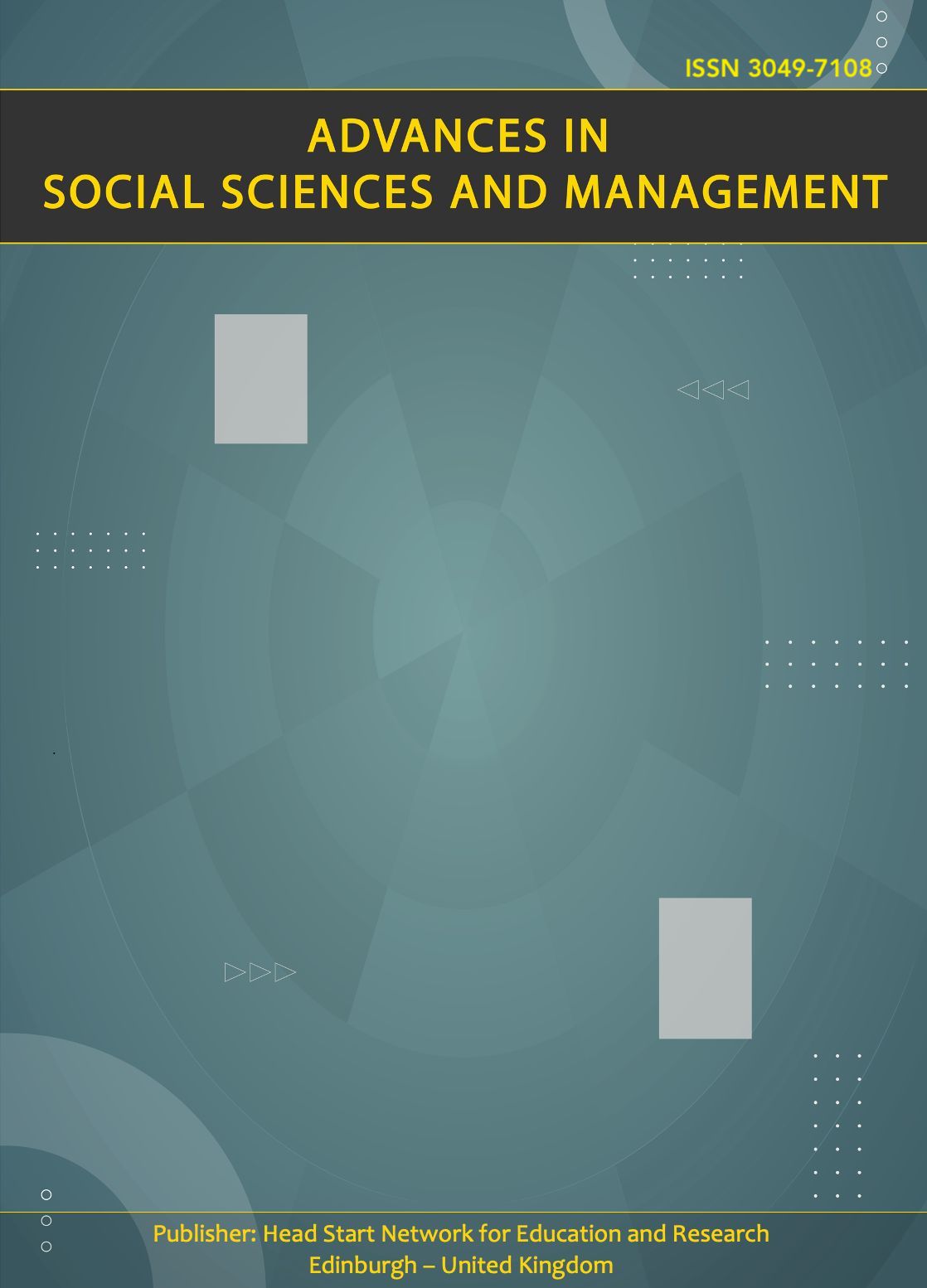Understanding Household Mobility: A Study of Exit Patterns in the 2021 American Household Survey
DOI:
https://doi.org/10.63002/assm.32.851Abstract
Although considerable research has explored the impact of neighborhood change and demographic changes on housing exit decisions, factors such as age, education, household expenses, downsizing, upsizing, and lifestyle events have received limited attention despite their significant influence on household exit decisions. This study utilizes data from the 2021 American Household Survey, a period affected by the COVID-19 epidemic, to estimate a logit model that examines the relationship between lifecycle events like childbirth, marital status, and economic factors like income, costs, and government income and housing exits. The findings show that older individuals, families with children, and those with post-secondary education are less likely to exit their homes. Conversely, individuals facing higher housing costs are more likely to leave their homes. Furthermore, long-term changes in housing preferences and mobility, along with economic decline and health risks associated with the COVID-19 pandemic, including increased odds of housing exits, highlight the need for interventions to buffer incomes and support vulnerable groups.
Downloads
Published
How to Cite
Issue
Section
License
Copyright (c) 2025 Elkanah Faux

This work is licensed under a Creative Commons Attribution 4.0 International License.






